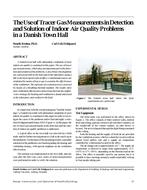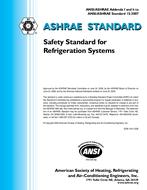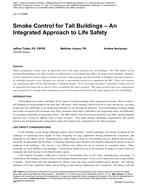A study was performed to identify and investigate electric technologies to improve energy efficiency and reduce peak demand in a variety of restaurant types and climates. Technologies for space heating and cooling, indoor lighting, food preparation, kitchen and dining area ventilation, refrigeration, and water heating and other sanitation uses were studied. Energy-efficiency improvements in four restaurant types (cafeteria, full menu, fast food, and pizza) were studied in climates represented by four cities (Atlanta, Cleveland, Los Angeles, and Phoenix) using computer models developed from measured end-use data. Discusses a subset of the study findings, focusing on the ventilation strategies, including (1) use of high-efficiency electric cook-line equipment with engineered exhaust hoods, (2) increased use of dining room air for kitchen exhaust hood make-up air, and (3) ventilation air heat recovery. The simulation results show that energy savings as high as 16% and electric demand reductions as high as 23% can be achieved in most climates from the combination of efficient electric equipment and engineered kitchen exhaust hoods. Energy savings as high as 16% and demand reduction as high as 22% can be achieved from increased dining room air used for kitchen exhaust hood make-up air. Ventilation heat recovery is effective for restaurants with large exhaust volumes in colder climates in which energy savings as high as 12% and demand reduction as high as 21% can be achieved.
KEYWORDS: restaurants, calculating, computers, models, commercial, kitchens, ventilation, energy, efficiency, energy conservation, electricity consumption, energy consumption, peak load, USA, cooking equipment, exhaust hoods, heat recovery, make up, indoor air, payback period.
Citation: Symposium, ASHRAE Trans., 1993, vol.99, part 2, paper number DE-93-1-1, 429-439, 7 figs, 2 tabs, refs.
Product Details
- Published:
- 1993
- File Size:
- 1 file , 2.3 MB
- Product Code(s):
- D-17533


